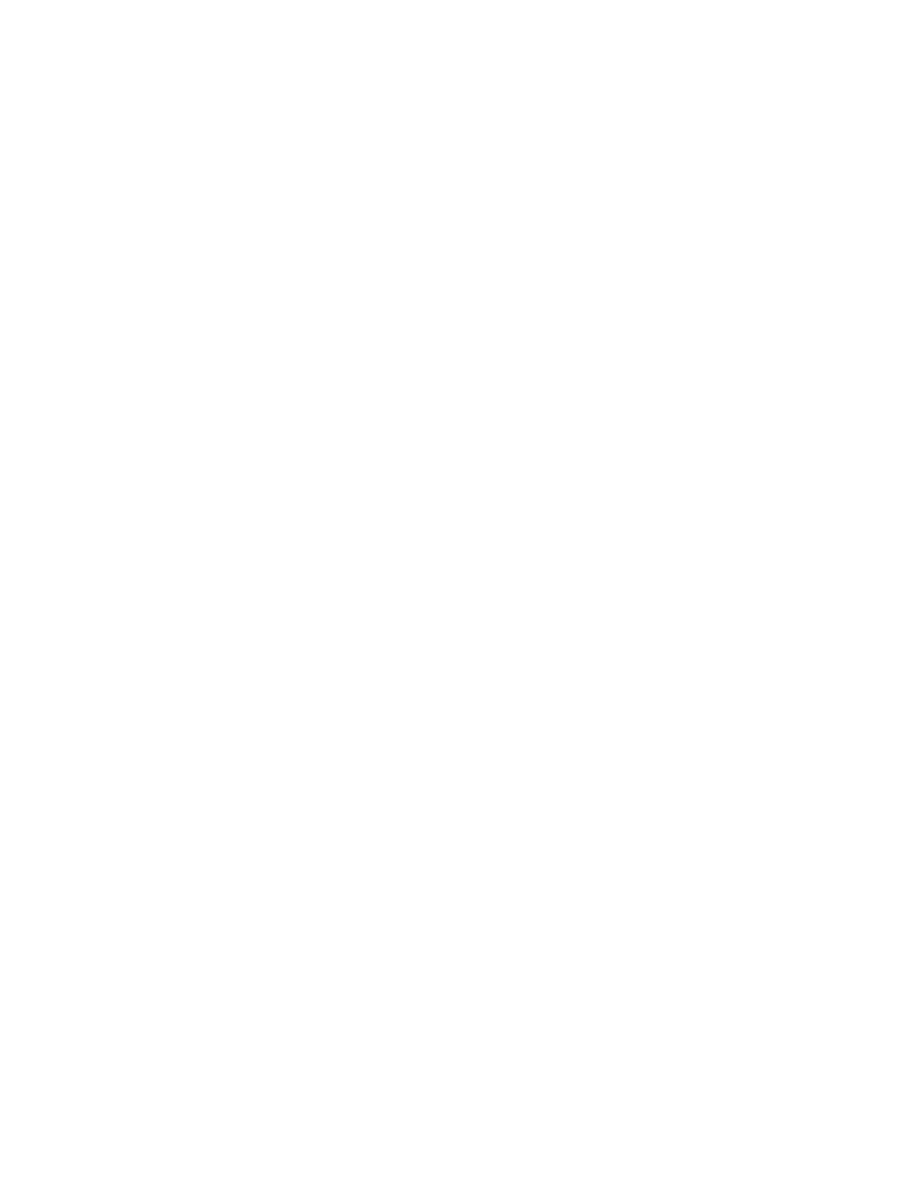911 Turbo AWD F6-3600cc 3.6L SOHC Twin Turbo (1997)

Tires: Service and Repair
General Instructions
Each time a tire is changed, a new rubber valve must be used.
-
Steel valves (used on Technology Wheels) need not always be replaced when a tire is changed.
-
Valve supports are not used.
CAUTION: when fitting tires, make sure that they are fitted in the right direction (with the inside on the inside).
When fitting tubeless tires, it is important to check the contact surfaces of the tire and the rim for cleanliness and any damage.
-
It should be noted that the bead base provides the seal on a tubeless tire.
-
If the side of the bead is used for sealing, air may escape from the tire during hard driving.
When fitting tire beads, use only the tire fitting lubricants specified below.
-
If an unsuitable lubricant is used for tire fitting, the following problems may occur:
Twisting of tire on rim,
Breakage of bead bundle during fitting
Damage to the wheel rim surface by corrosive materials.
CAUTION: Use only
-
TIP TOP Universal, order no. 593 0601 (3.5 kg pot)
-
Contifix.
If you use Contifix, apply it to the tire bead sparingly (to prevent twisting on the rim).
-
If possible, the vehicle should not be driven for 24 hours following tire fitting or matching.
To prevent the tires from turning on the rims in operation, please inform your customers that they should avoid extremely hard acceleration and braking
during the first 100 to 200 km with new or newly installed tires.
-
It may be useful to mark the position of the tire on the wheel rim.
The tire must not turn more than 20 mm on the rim.
-
This is the absolute maximum.
-
If this value is exceeded, the optimum results achieved by wheel balancing will be impaired.
For optimally smooth running it may be beneficial or in some cases even necessary to turn the tire to a better position on the rim (matching).
-
The difference between uncontrolled and controlled matching is explained below.
Uncontrolled matching:
-
Turn the tire 90° or 180° on the tire to obtain acceptably smooth running (runout, imbalance and distribution of balance weights)
Controlled matching:
-
For controlled matching, a wheel balancer with matching program is used.
-
The results obtained in terms of smooth running (runout, imbalance and distribution of balance weights) are normally better than with uncontrolled
matching.
Maximum allowable radial and lateral runout on light alloy wheels 0.7 mm.
Maximum allowable radial and lateral runout on wheels with tires 1.25 mm.
Values lower than 1.0 mm (preferably around 0.5 mm) should be aimed for.
Following tire fitting, pump the tubeless tires up to approx. 3 bar (max. 3.75 bar) gage pressure without valve inserts to ensure that they are properly
seated on the rims.
-
At a pressure of no more than 3.75 bar, the tire beads must come up from the well and cross the hump of the bead seat to prevent breakage of the
bead bundle.
-
If necessary, interrupt work and lubricate all contact surfaces well with tire lubricant.
-
Then repeat this procedure.
-
Screw in valve insert and pump tire up to specified pressure.
Prior to static balancing, check the radial and lateral runout of the wheel.
-
Refer above for maximum limits and matching procedure.
When replacing a damages tire, the difference between the tread depth on the two tires of one axle must not be more than 30%.
A summary of summer and winter wheels and tires is given in Technical Information (TI).
-
When replacing summer tires, make sure that the new tires have the code N1, N2 or N0.
-
These codes distinguish summer tires approved by Porsche from other versions of the same tire type and size.
